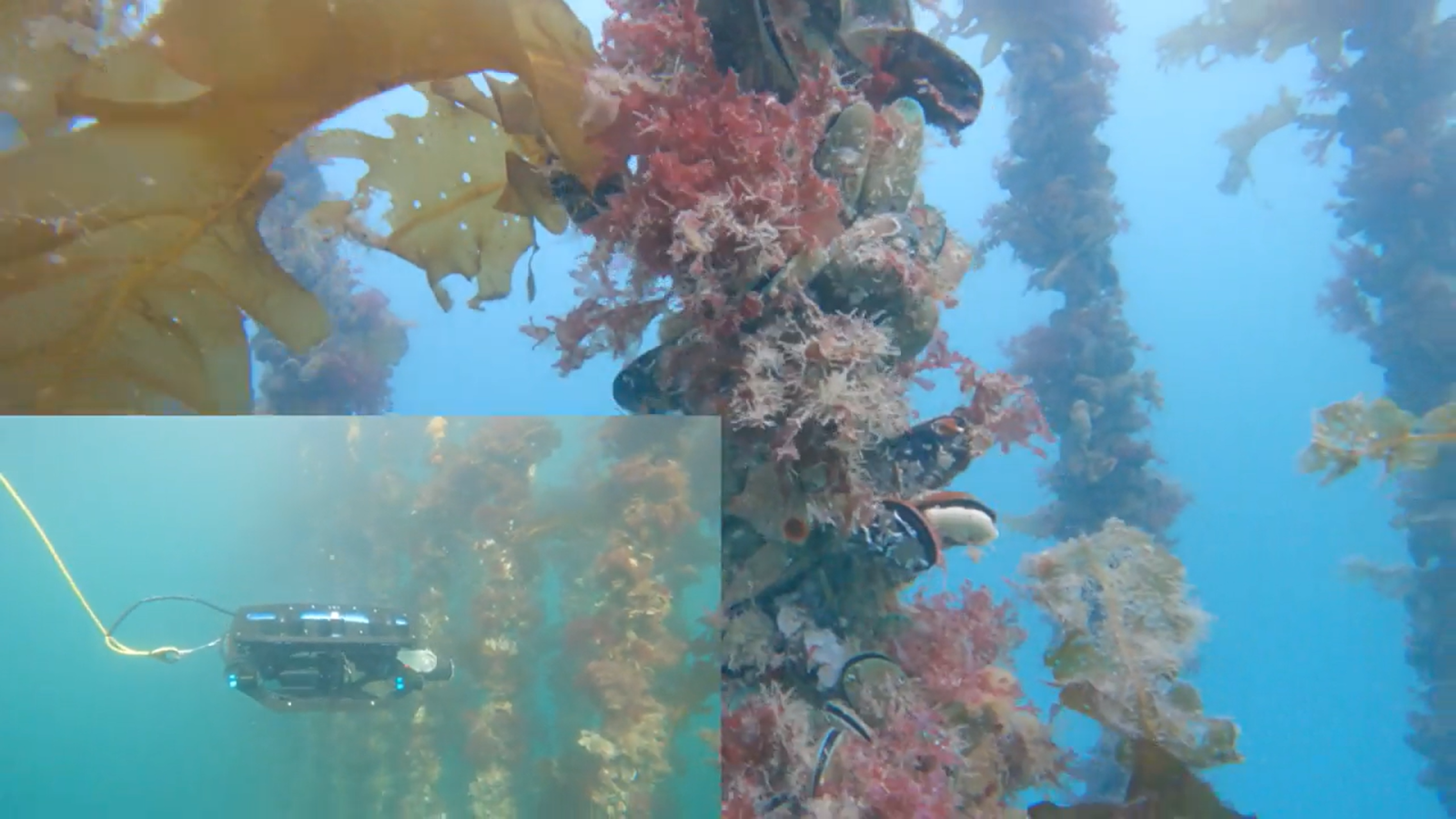
A new autonomous underwater drone can survey mussels and scallops so accurately that it could potentially revolutionize the seafood industry by eliminating hours of costly and time-consuming manual work.
The drone, which has been developed by a University of Canterbury research team in New Zealand, uses artificial intelligence (AI) to detect various parameters such as the size and health of mussels and scallops or even the presence of pests in the seabed.
In the future, this easy-to-operate drone can be used to remotely inspect the condition of underwater structures such as wharf pylons. It can also be used in salmon farming to scan nets for holes.
Also read: California man arrested for dropping illegal fireworks from drone
Professor Richard Green, who led the research project, points out that manual spot-checks of mussels are expensive, and more frequent low-cost surveys using autonomous drones can help to minimize loss and optimize harvest timing. He says:
The big thing about autonomous drones is that they reduce cost and overcome labor shortages so that even more accurate information can be easily and quickly gathered to help crucial decision making, whether that’s stock health or checking for any invasive marine pests.
In a similar fashion, the drone can be paired with a robotic arm to harvest only the right-sized scallops, leaving behind a healthy stock and seabed. “Current drag-net harvesting of scallops completely devastates the seabed ecology,” Green says with a shrug.
To validate the efficiency of the underwater drone, the research team worked closely with Cawthron Institute on mussel-based and other projects as well as the National Institute of Water and Atmospheric Research (NIWA) on scallop-based projects. Green says:
Our autonomous AI approach is unique, and we believe our drone could be widely used not only here but internationally. Our collective expertise means we‘re able to rapidly develop prototypes and novel applications.
One of these applications could be to use the underwater drone to quickly scan wharf pylons and ship hulls so that any invasive marine organisms growing on them can be identified. At the moment, these annual inspections are done manually by divers – another dangerous, expensive, and time-consuming task.
Read more: Australian drone startup turns down $100M takeover bid to raise $16M in Series B funding
FTC: We use income earning auto affiliate links. More.





Comments